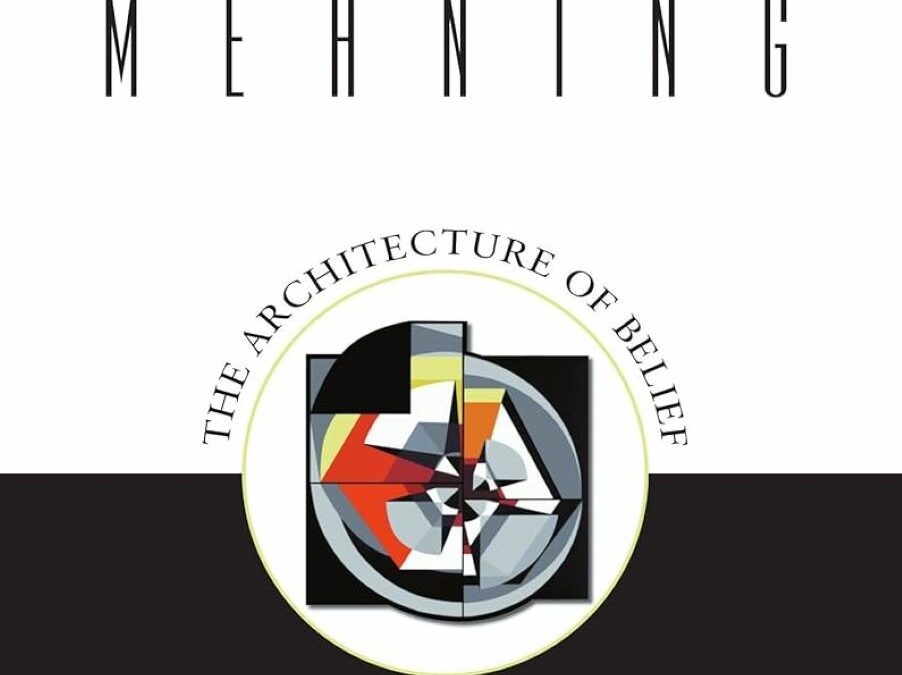15 years ago, in a hotel room in Dublin, I was teaching a workshop to coaches on how to change habits. An experienced life coach, Maria, raised her hand.
“I want to stop smoking,” she said. “I know what to do. But I have tried everything. I make progress and then revert. I guess I am just a smoker.”
I asked her “How many cigarettes do you smoke per day?”
“20 more or less.”
“And how long does it take you to smoke one?”
She paused. “3 or 4 minutes.”
“So 20 cigarettes at 4 minutes per cigarette is 80 minutes?”
She nodded.
“If you spend 80 minutes doing one thing and 22 hours and 40 minutes per day doing something else, which would you use to describe yourself as?”
A slight smile crossed her lips. I continued.
“You’re not a smoker. You’re a non-smoker who smokes for 80 minutes per day.”
Her grin turned into a smile. “I never thought about it like that before.”
The ‘Secret’ to Long-Term Change
So many people focus on motivation as being the key ingredient to lasting change. Motivational speakers are notorious for promising you the secret to changing your life. ‘Focus on what you want and why you want it.’
But this isn’t enough. Motivation wanes.
Others suggest that ‘discipline’ is the key. Discipline is the will to act in an organized way regardless of how you feel. It keeps you taking action even when you aren’t motivated. We hear phrases like: ‘Discipline equals freedom.’
But discipline isn’t enough. Discipline exhausts us.
Then there are habits. Habits are practices that have become so automatic that you don’t even need effort for them. Like brushing your teeth, they simply become a part of your everyday life. We’re familiar with the expression: ‘Your life is the sum of your habits.’
But habits aren’t enough. They stop existing when we stop practicing them.
Fundamentally, what makes the biggest difference in determining whether or not we change comes down to our identity. It’s not just how we feel about the habit. It’s how we think about ourselves that makes the difference.
Our Identity
We are a collection of stories that we tell ourselves. This is our ‘identity’. There are three particular stories that have a huge impact on us.
The stories we tell ourselves about the community we belong to (our social identity); the actions we take (our perceived identity), and what we want to believe about ourselves (our desired identity).
These form a remarkable triad that informs possibly the biggest reason why we make long-term change.
Social Identity
How do you know if someone is into CrossFit? They’ll tell you.
Social identity theory is the idea that the group that we are part of influences the way we perceive ourselves. Our identity is formed socially.
When you get married to somebody, you are committing to a joint group identity with that person. ‘Weight Watchers’ and ‘Alcoholics Anonymous’ work because people come together and identify with others and make commitments as a result.
Researchers found that simply being part of a group that promoted healthy behaviors made individuals significantly more likely to engage in those behaviors.
Your group influences your habits.
Perceived Identity
I’m training for the marathon currently and have been dealing with some back issues. Every Instagram ad I come across calls to me. ‘Are you a runner with back issues?’. There’s a picture of someone dressed in running gear holding their back in pain.
Yes, that’s me. Take my money.
Self-perception theory, proposed by Daryl Bem, suggests that we observe our own behavior to understand who we are. If you ask me to describe myself, I’ll say, “I’m a psychologist. I’m a reader. I’m a runner”. I describe what I do.
If you see yourself as a certain type of person, you will buy things that person buys. You will do things that person does. We have a real need to act aligned with who we are.
This is because of a tension that you experience in your mind when you hold two or more conflicting beliefs, known as cognitive dissonance. When your identity is out of whack with your behavior you experience a form of tension that you feel a need to resolve.
If you act like that person, you’ll also start to see yourself as this type of person. It’s a cycle. You start running, and soon you become a runner. You volunteer, and you become a volunteer. If you want to become a ‘healthy eater’, then catch yourself eating healthy regularly.
Desired Identity
I’m addicted to productivity systems. I’ve invested hours in finding the perfect project management system that would solve all of my problems. But I’m always left disappointed. (There is an argument to be made that I would be far more productive if I actually used those hours to get things done!)
We buy things that will help us become who we want to be. We do things that will lead us to become the successful people we desire to be.
In the book Magic Words, Jonah Berger shares an experiment where schoolchildren were asked to help clean a classroom. The researchers found a 30% increase in the children helping when asked to be ‘a helper’ vs. when they were asked ‘to help’.
We crave the opportunity to be something better than we are.
As James Clear, in his popular book Atomic Habits writes:
“Every action you take is a vote for the type of person you wish to become.”
Why we do what we do
We act consistently to align with our community.
We act consistently to align with who we think we are.
We act consistently to align with who we want to become.
When we don’t, it’s uncomfortable.
In a world where our identity is so important, we must recognize the power that we have to leverage it.
Our identity is a collection of stories that become the beliefs we buy into.
To change our behavior we need to change the stories that we sell to ourselves.
How we do this
1) Identify the kind of people who are already engaging in the behavior or habit that you want to engage in. Surround yourself with them offline and online. Sell yourself on the idea that being part of this group is something you want. You are on their ‘team’.
2) Understand how you perceive yourself currently. What stories are you telling yourself about the type of person you are? What type of person are you when you engage in a new behavior? Visualize yourself as the type of person who engages in this behavior. The idea is that the new behavior is exactly the kind of thing that someone like you would do.
3) Know what type of person you want to become. What kind of actions would you need to take consistently to become this type of person? Set a clear plan of exactly what you need to do to become the person you desire to be. Break it down into small actions that move you in the right direction, and notice the progress you are making toward this new way of life. This behavior will help you become the best version of yourself.
Our identities are not nearly as ‘fixed’ as we might think. We can change them by the stories we tell ourselves about the kind of person we are, the actions we take consistently, and the people we surround ourselves with. Any of these approaches leads to lasting change.
The next time I saw Maria was at a conference years later. She looked younger than I remembered. She hadn’t touched a cigarette since that day.
When we met, she already had the tools to motivate herself and handle the cravings. It wasn’t my magical phrase that changed things for her. It was helping her to realize she was already the kind of person who could stop smoking.
Sometimes, that’s all we need to know.





